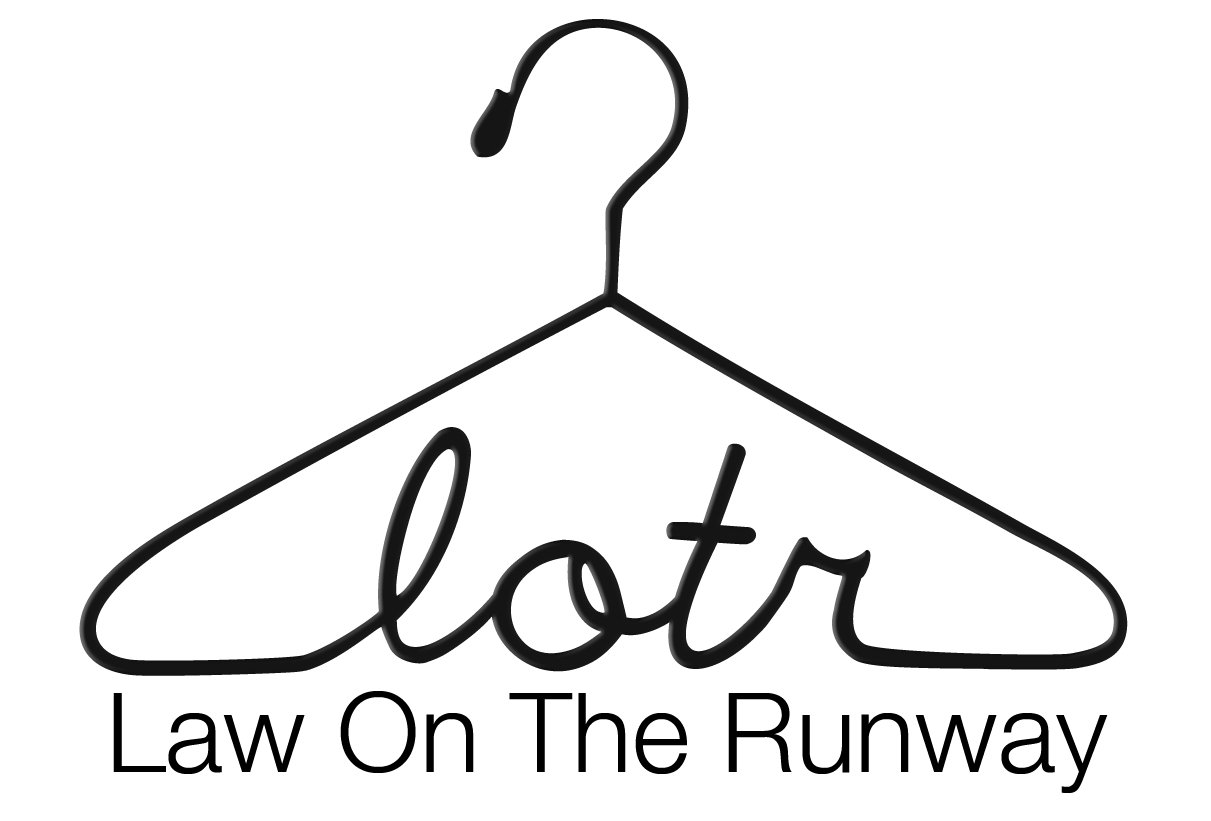Quality Assurance Tests for Apparel Manufacturing Agreements
Negotiating a Pop-Up Shop Lease
September 12, 2016
Children’s Wear & Consumer Product Safety Commission Regulations
September 12, 2016Having a quality assurance system in place with your manufacturer is essential for setting expectations. Many new fashion companies know that they want the quality to meet a certain threshold, but they aren’t sure how to articulate through a contract.these expectations to the manufacturer To do this successfully, both parties need to plan the standards and test that can be used to judge the final product’s quality. Below are some factors and options for testing the quality of these factors. With each of these tests, you and the manufacturer should agree on the level of allowed damage, change, or defectiveness that may occur to the fabric or garment.
Fabric Shrinkage
A fabric shrinkage test is important to do when you are either getting the fabric yourself for the garments, or when you are using a full-package manufacturer who is sourcing the fabrics for you, and is making the final product from the fabric. The best way to do a shrinkage test on fabric is to take a large sample of fabric, and draw a square on it with permanent marker and a ruler, taking note of the size of the square dimensions before washing and drying. Make several of these samples. Test the fabric samples through a variety of washing and drying settings to see how the samples react. If you are unable to do this test until the apparel is constructed, ask for a few samples to be made for the fabric shrinking test. Measure each one’s dimensions and try a variety of washing and drying settings.
Color Fastness
This test, like the fabric shrinking test, can be done at the fabric choice stage, or after a sample garment is created. If possible, it is best to do this test during the fabric choice stage so that you aren’t wasting any time or resources on garment construction. With color fastness, you’ll need several swatches to test. Try washing the garment with a variety of laundry cleaning products. You’ll also want to expose the fabric to extreme light, and to rubbing or friction.
Acceptable Quality Level (AQL)
Once you have tested the color fastness and fabric shrinkage, which will likely affect all the products equally, you then have to consider the likelihood of defective products which will arise from the entire manufacturing process. The AQL is the maximum percent defective garments you’ll allow per shipment. While ideally, we would love a 0% defective rate for our shipments, having an AQL is a standard for larger manufacturing orders.
When determining your AQL, you and the manufacturer have to agree to some basic terms.
Lot or Batch Size: This is the size of the whole pool that is going to be considered for testing. If you are only making a small amount of pieces, such as 100, you may just want to use the entire shipment. If you are making a large order, such as a 1000 pieces, you may want to request 100 pieces or fewer for the testing batch.
Sample Size: How many pieces out of each batch is going to be closely inspected for defects or errors? For example, out of your batch of 100, you may choose to inspect 20 garments as the sample.
Once you have determined these, you then need to decide on the ratio of accepted garments to rejected garments for each batch. If the shipment of apparel passes the AQL test, you keep the apparel . If the shipment does not pass the AQL test, can reject the shipment.
Stains / Holes / Fabric Abrasions
This test requires an inspection of the fabric or garments. Ideally, you’d like to do this test twice, once before manufacturing, and once when the manufacturing stage is complete. For stains, you may want to consider if the garments can be washed or treated. To make this decision, consider the time and ease of washing, and the associated costs with this extra step.
Buttons/ Snaps / Zipper
As part of your inspection of the finished garments, you want to check the secureness of buttons or snaps, and the functionality of zippers. If possible, you can also check these in advance of manufacturing to weed out the defective ones before garment construction occurs, thus lowering your risk of defective finished garments.
Threads & Stitching
Don’t forget about the thread! You want to assess the quality of thread that will be used on the garments, and after manufacturing inspect the stitching as part of the overall AQL test for acceptance or rejecting of the shipments.
Sizing Defects
Finally, you want to create batches to sample each size of the garment, to ensure that the garments are adhering to the planned size range, and dimensions of each planned size. For example, you’ll want to create a batch of medium sized dresses, and then assess a sample of that batch to see if the garments are measuring up to the intended dimensions for medium dresses.
Above are just some of the aspects that you can use to assess the quality of your garments. You may have other tests available to you and your manufacturer, particularly if there are technology components to your garments. For questions on how to draft a contact to include these tests and the AQL standard, please contact an attorney. If you would like to get in touch with us, please email Rachel at rachel@lawontherunway.com

